- About us
- Support the Gallery
- Venue hire
- Publications
- Research library
- Organisation chart
- Employment
- Contact us
- Make a booking
- Onsite programs
- Online programs
- School visit information
- Learning resources
- Little Darlings
- Professional learning
Painter, sculptor and teacher Arthur Murch (1902–1989) won the Archibald Prize in 1949. Writer Ria Murch (1918–2014) worked as a cadet journalist at 2UE before joining the Sun newspaper. In 1940, the 22-year-old was writing a story about the Ballets Russes when she met Murch, who was drawing the dancers. The attraction was irresistible; they married in 1941 and moved to Mona Vale, where their first child was born. During the Second World War, Arthur was an official war artist, working in Darwin and around the Adelaide River. After his war service, they settled in Avalon, where they built a house together. In 1954, Ria returned to work, while Arthur looked after their two children. Both Ria and their children appear in Murch’s paintings.
Margaret Michaelis photographed Arthur (in his army clothes) and Ria in 1945 at 4 Delwood Close, Mona Vale. Delwood Close runs off Waterview Street, dubbed the ‘mad half mile’ due to its concentration of artists, actors, writers and poets. In October 1947 an article about the area featured in the journal Australia, with photographs by Michaelis.
Collection: National Portrait Gallery
Purchased 2015
Margaret Michaelis (age 43 in 1945)
Arthur Murch (age 43 in 1945)
Ria Murch (age 27 in 1945)
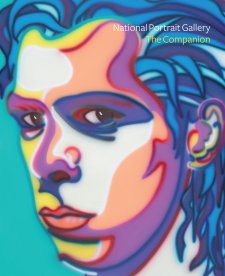
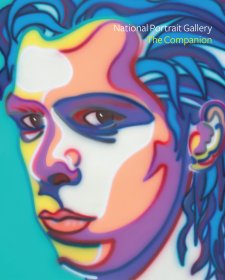
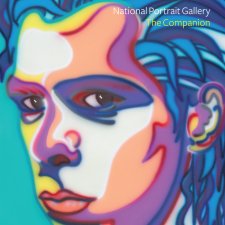
On one level The Companion talks about the most famous and frontline Australians, but on another it tells us about ourselves.

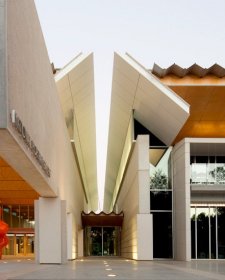
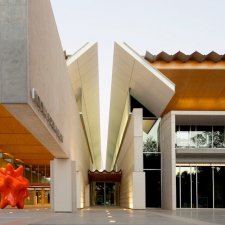
Visit us, learn with us, support us or work with us! Here’s a range of information about planning your visit, our history and more!
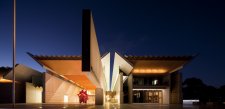
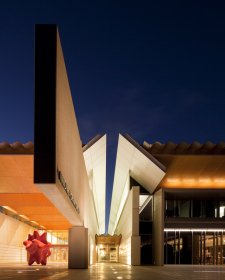
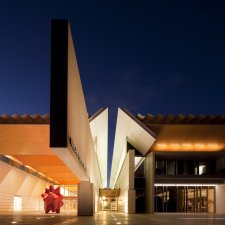
We depend on your support to keep creating our programs, exhibitions, publications and building the amazing portrait collection!